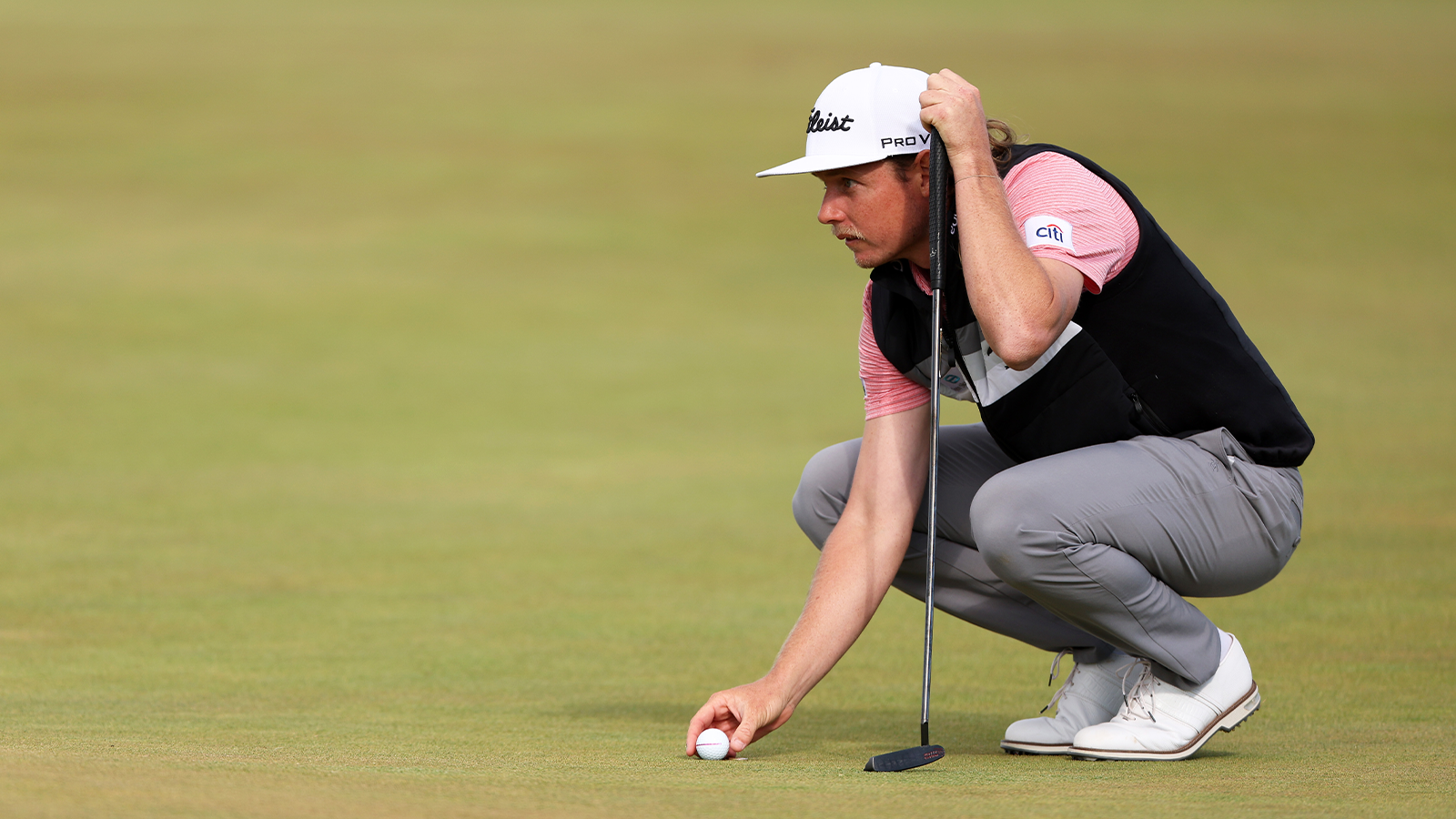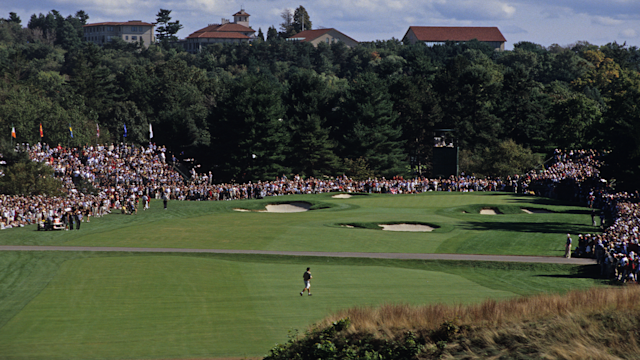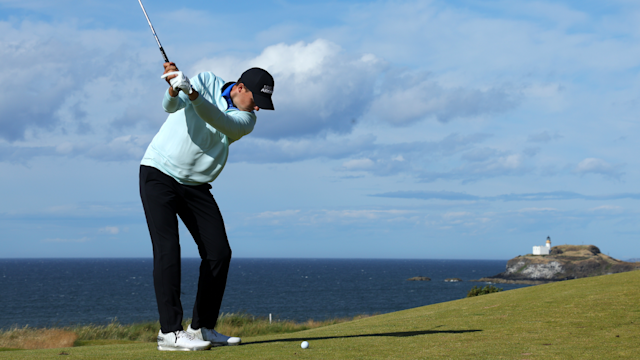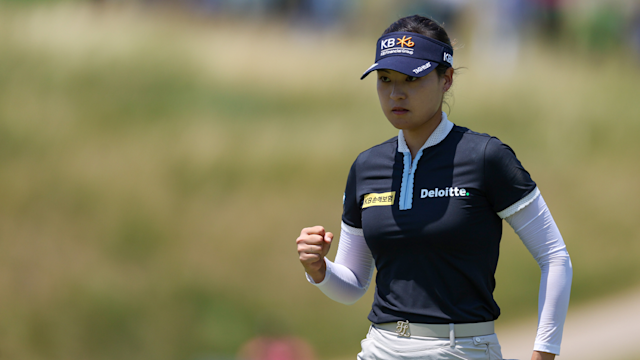quick coaching
The Secret to Holing More Putts
By Keith Stewart, PGA
Published on

Cameron Smith of Australia lines up a putt on the 15th green at St Andrews Old Course.
Cameron Smith leads the 150th Open Championship at St. Andrews after 36 holes due to splendid ball striking and deft skill with the flatstick. He tied the low round of the championship with a clean card on Friday— making six birdies and an eagle. His two-day total of 131 set a low 36-hole scoring record for for the Open Championship at St. Andrews. He leads the Major Championship by two with two rounds to play.
Cam’s success this week is coming as no surprise to golf fans in 2022. The two-time winner on PGA Tour has 12 birdies and one eagle this week. To score at any tournament, you certainly must hit the ball well. Smith has done that this season, ranking second in Strokes Gained Approach on the PGA Tour. The skilled Australian hits more than 67% of his greens in regulation.
By hitting so many greens, he creates a lot of opportunities. He’s also ranked second on the PGA Tour in birdie average per round at 4.7. When given the chance, Cam makes 44% of his first putts. That’s impressive. What is even more impressive is his ability to lag putt so effectively as well.
The PGA Tour keeps a statistic called approach putt performance. This is a measure of how close a player gets their first putt to the hole. Cam’s average distance after his first putt through 900 putts this season is 2’2”! Golf gets a lot less stressful when you can control your speed that well on the green. Lag putting was always going to be a useful skill this week for the contenders at the Old Course.
Every amateur would like to putt better. To increase your success rate and get those first putts closer to hole let’s use Cam’s conversion skills as an example.
• When making your initial read on the green, take a moment and walk from your ball to the hole. Get a feel for the overall distance. Learn how many feet your gait is. Count it off in your head. Start to get a feel for how far things are when you are putting. Believe it or not, this is one of the biggest advantages to learning speed control on the greens.
• As you are walking, get a feel for the slope with your feet. This isn’t scientific. Is it uphill or downhill? Is there a side tilt in the green, figure out what the basic break is of your putt.
• Decide what type of putter you are. Do you like to see the ball roll past the hole with a little speed, or maybe just fall over the edge and in? This is vital to visualizing the putt before you strike the ball.
• Once you decide what the putt will look and feel like, then see it in your mind go in. This sounds spiritual, but this is what great putters do. They never think about missing.
Being a great putter takes confidence and a plan of attack. Start to develop your own personal strategy on the green surfaces. Follow the steps above and maybe even invent one of your own. Once you know what the putt will look like, you will start to see more of them go in the next time you head out to play.



